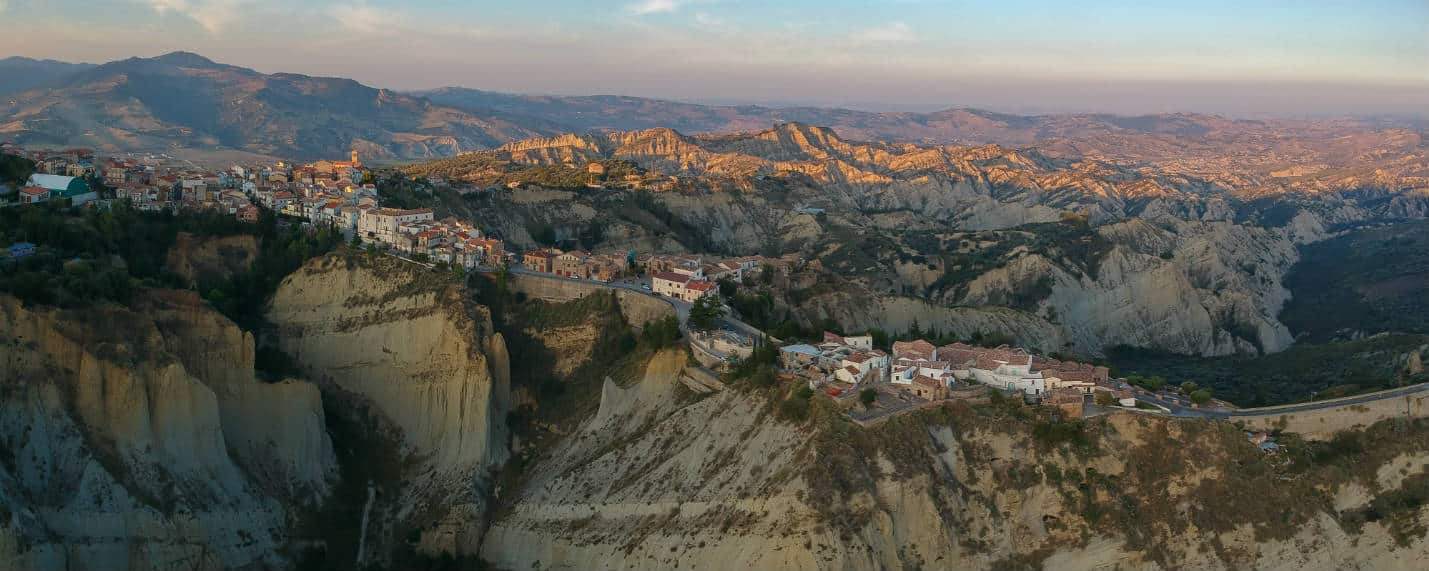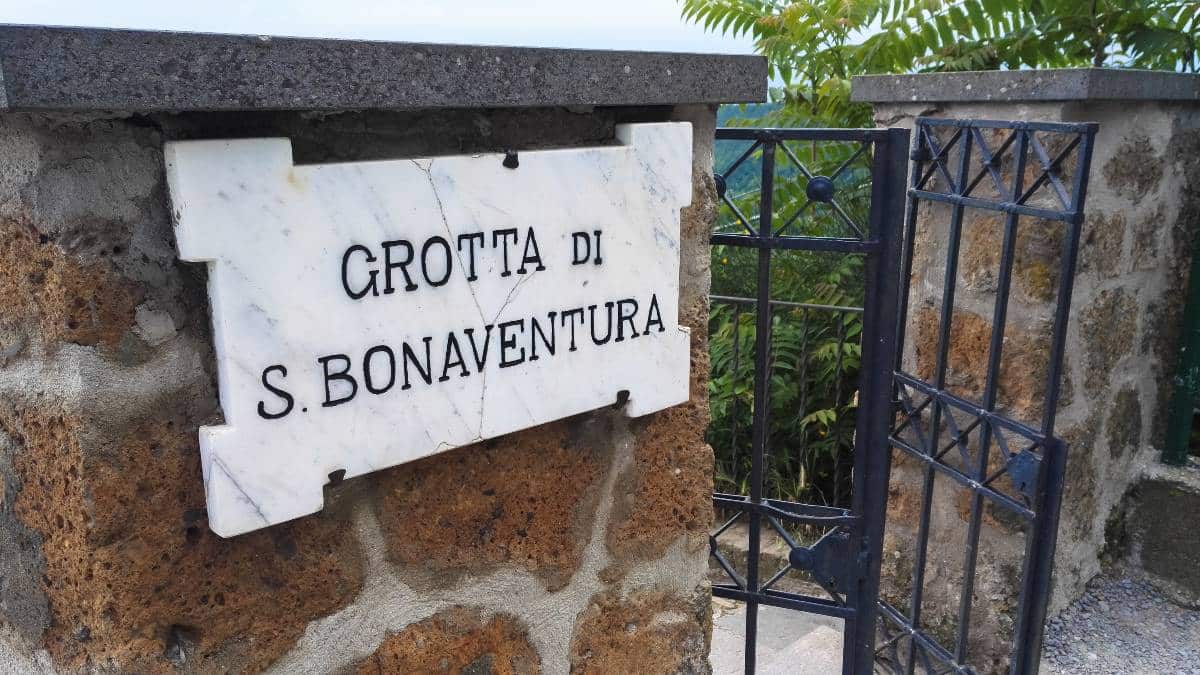In Italy, the richness of the landscape is extraordinary, going from the highest peaks to the coast, passing through flourishing plains and gentle hills dotted with vineyards. In this scenery, which seems almost like a paradise on earth, we cannot fail to mention the badlands, present throughout Italy, along the Apennine chain, from the south to the north of Italy. The landscape here is not lush and full of green trees, but essentially arid, almost lunar, and provides a backdrop to picturesque villages that should be discovered at least once in a lifetime.
What are badlands and where to see them in Italy
Calanques are geomorphological formations created by the secular erosion of clayey rock by water: they appear as wild and fascinating hills, devoid or almost devoid of vegetation, alternating with deep ravines. The gullies can be found in areas characterised by rainy periods, particularly windy and rich in fractures where water can easily penetrate.
There are the Romagnol gullies of the Parco dei Gessi Bolognesi e Calanchi dell’Abbadessa, which represent one of the most important karst phenomena in Europe.
Also fascinating are the Calabrian ones in the area of Rocca Imperiale, the Sicilian ones in Caltagirone and the Abruzzo badlands of the Reserva Naturale dei Calanchi di Atri: the latter are dotted with white poplars, wild gladiolus and elder, while buzzards, sparrow hawks and kestrels fly overhead.
There is also the Tuscan badlands of the Crete Senesi, dotted with willows and poplars in the wettest areas.
In the Maremma Pisana stands Volterra, the town that dominates a characteristic valley of gullies crossed by the river Cecina. Volterra is famous for being the backdrop for the vampire saga “Twilight” and the Palio del Cero, one of the oldest historical pageants, dating back to 1398.
The village of Castignano in the Marches also overlooks a valley of gullies, between the Tedino and Tronto valleys: it is a place often chosen by the Templars as a resting place on their journeys to the Holy Land, and is also appreciated for its Church of Saints Peter and Paul, which contains a splendid fresco of the Last Judgement.

Calanchi di Atri
The Calanques of Basilicata and Lazio
The Montalbano Jonico Reserve is one of the most evocative places in Italy, with a fairy-tale alternation of badlands and Mediterranean scrub: this area, a palaeontologist’s paradise due to the presence of fossils dating back as far as 1,700,000 years, is home to extremely rare plant species such as the atriplice, the Montpellier camphorata and the steppic esparto. The historic centre of Montalbano Jonico, of Arab-Norman origin, is called Terra Vecchia and is located right on the gullies, with views even of the remains of Pandosia and Eraclea.
This characteristic moonscape also affects nearby villages such as Tursi, the birthplace of the poet Pierro, famous for its enchanting Rabatana district overlooking the jaramme cliffs.
There are Aliano, which inspired Carlo Levi’s “Christ Stopped at Eboli” and is said to be haunted by the spirits of the Monachicchi, but above all Craco, the ghost village that seems to have been literally born from the gullies: after the 1963 landslide, the village was abandoned and crystallised in time. The windows are now blind and dark, the alleys silent and crumbling, but you can still see the remains of the majolica dome of the bell tower of the Church of San Nicola and the apse of the Church of San Pietro Principe degli Apostoli.

Aliano
In central Italy, in the Viterbo area to be precise, there is the Valle dei Calanchi, which includes numerous villages such as Civitella d’Agliano, famous for its Grechetto wine, Graffignano with its beautiful Baglioni Santacroce Castle, and Castiglione in Teverina, where the 17th-century Collegiata di San Filippo and the 12th-century Rocca dei Monaldeschi stand out. Another must-see is Celleno Antico, a ghost town that has preserved its medieval appearance, with its basalt buildings alternating with tuff houses.
From Lubriano you can enjoy one of the most beautiful views of the calanchi and the pearl of the Valle dei Calanchi, Civita di Bagnoregio. Nicknamed “the dying town” because it is built on a tuff cliff that is inexorably crumbling, the village can only be reached on foot over a long scenic bridge. Beyond the Etruscan Porta di Santa Maria, a tufa gate, you enter a small world of picturesque squares, medieval houses and ancient churches such as the Cathedral and the 5th-century Church of San Donato. Also worth a visit is the Grotta di San Bonaventura, now a charming chapel built in what was once an Etruscan tomb.




0 Comment